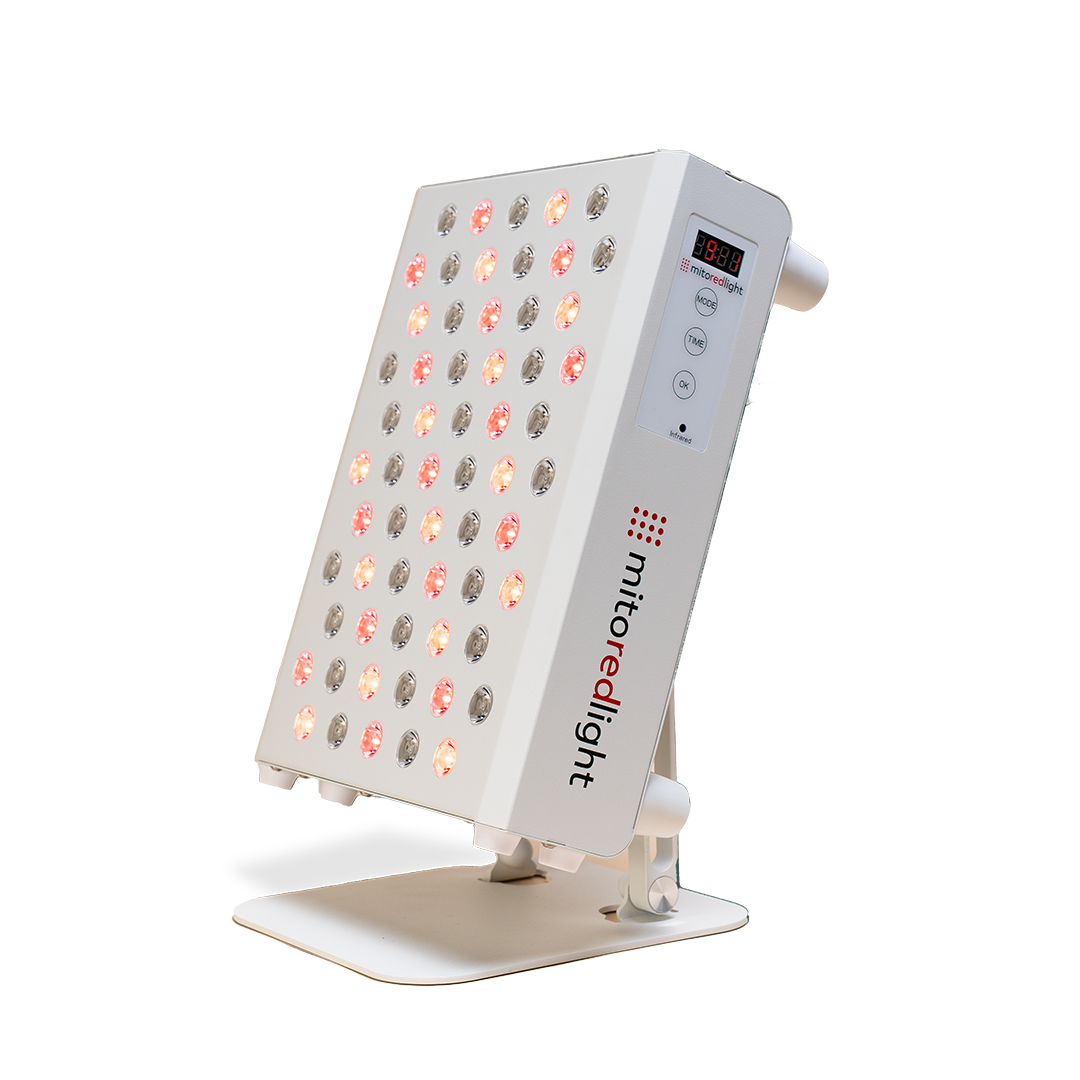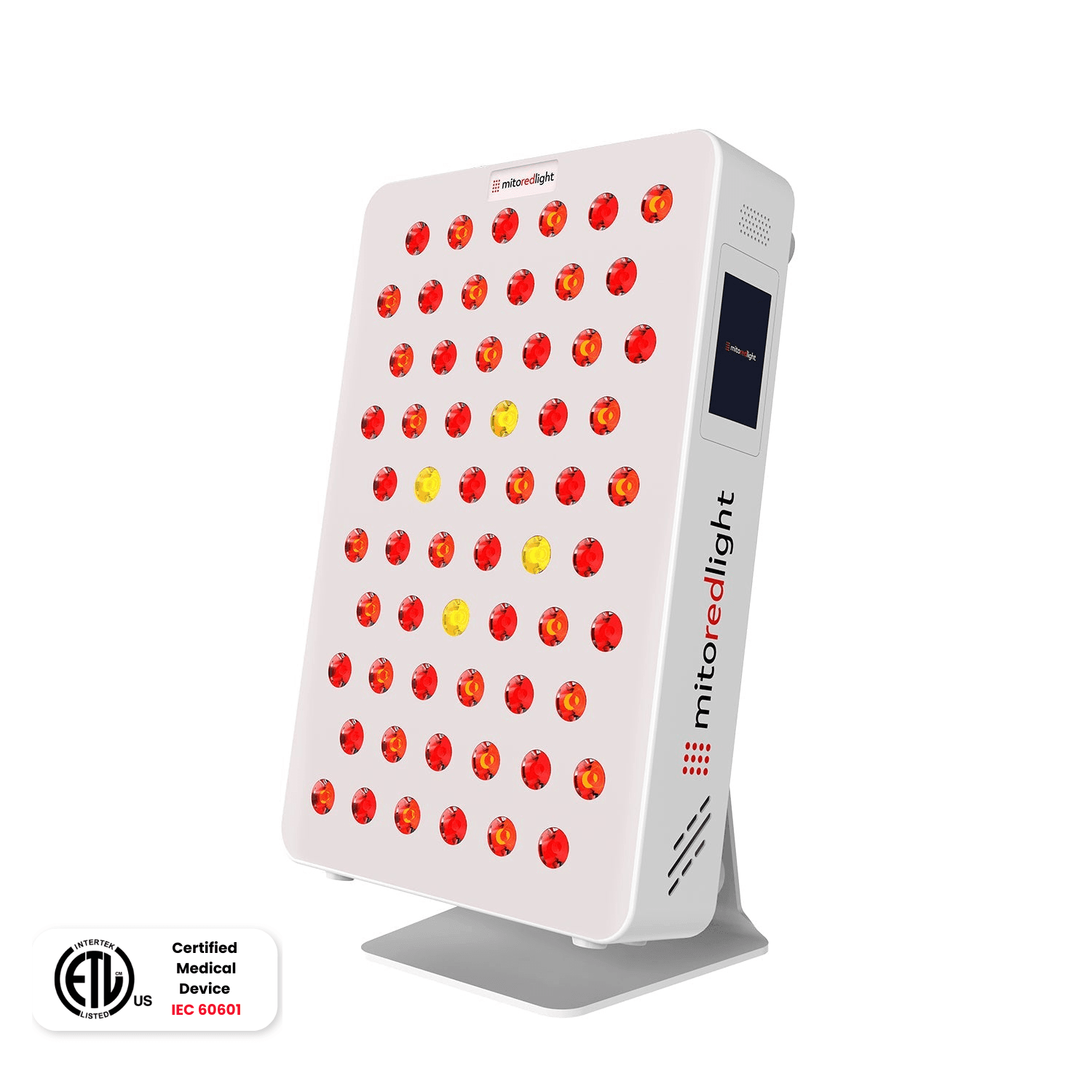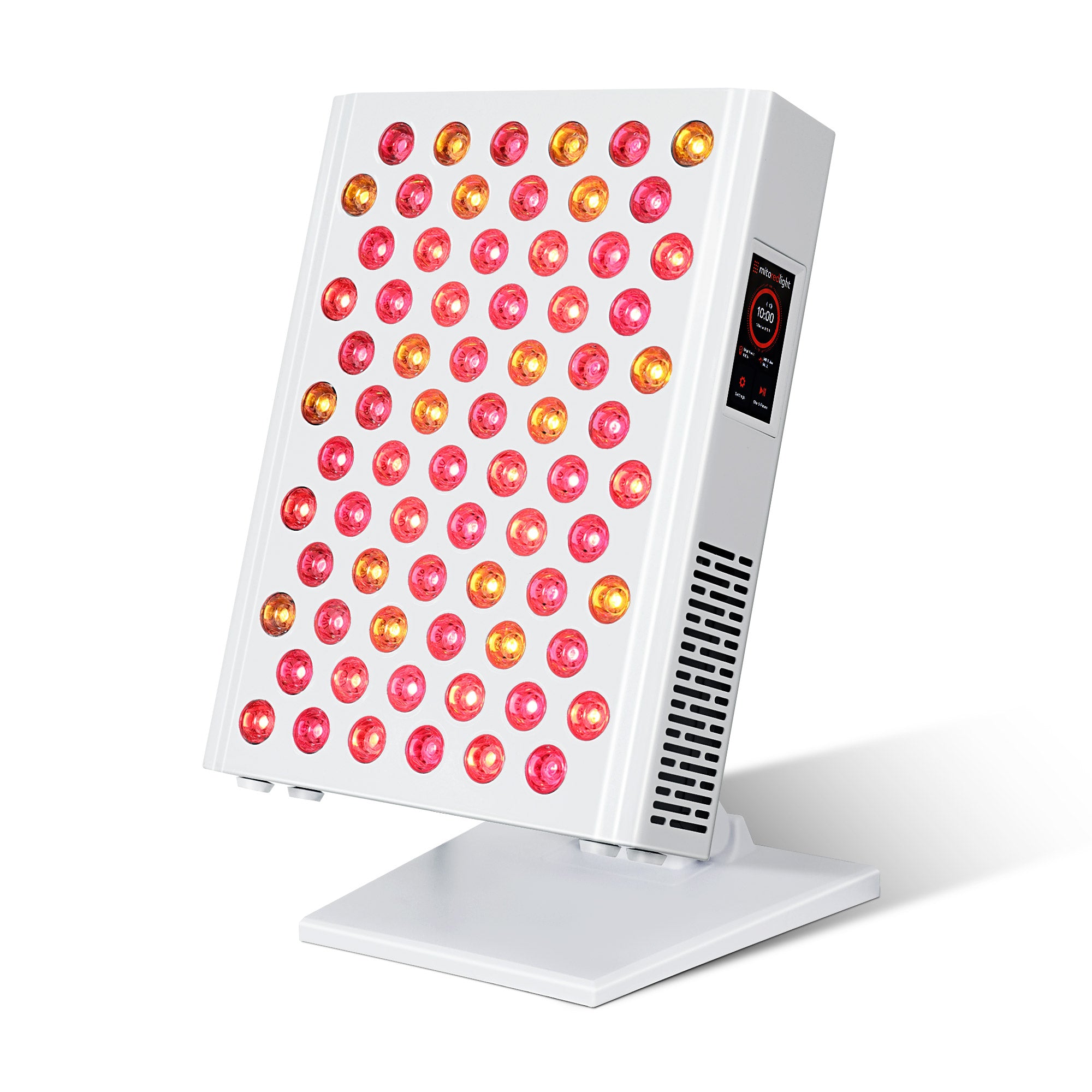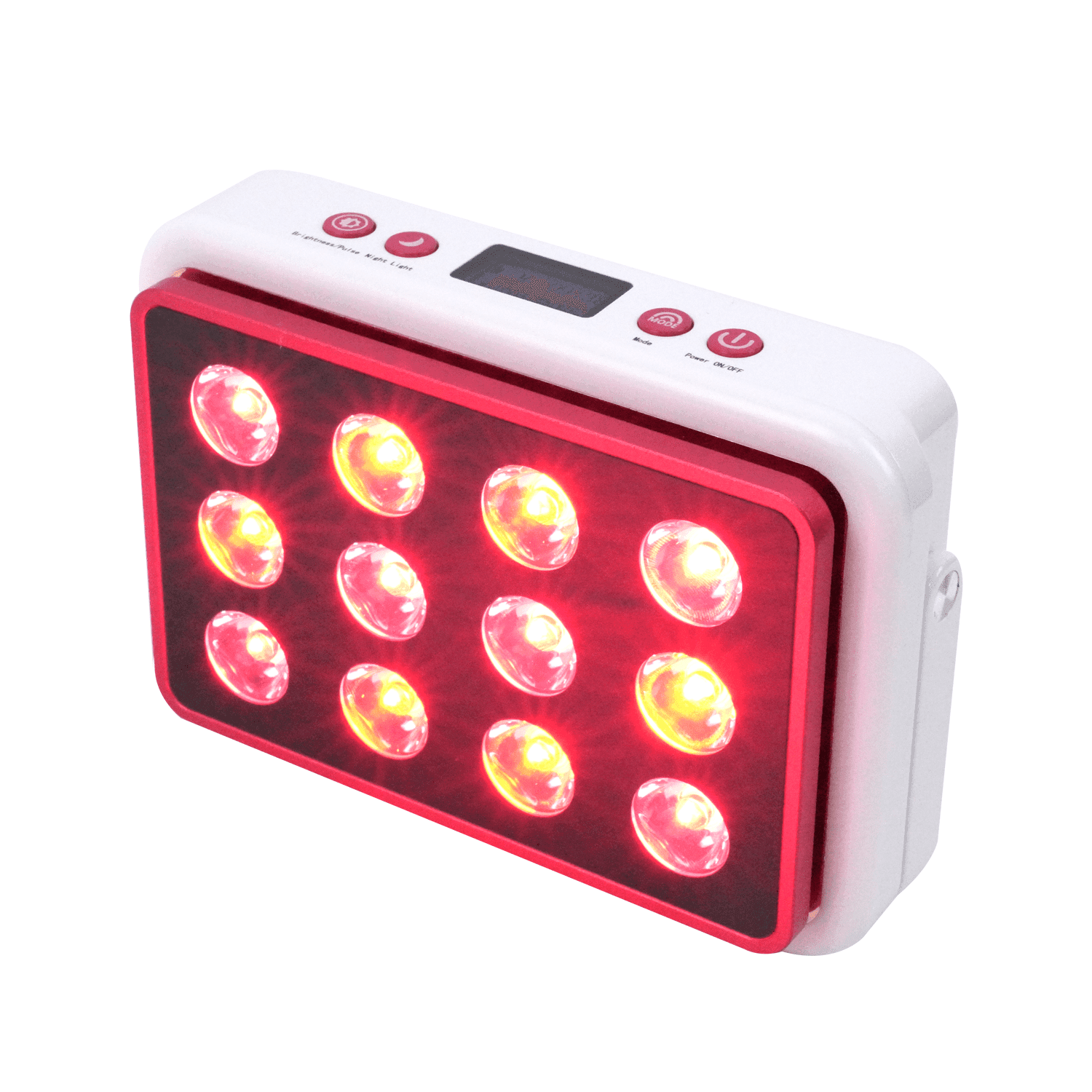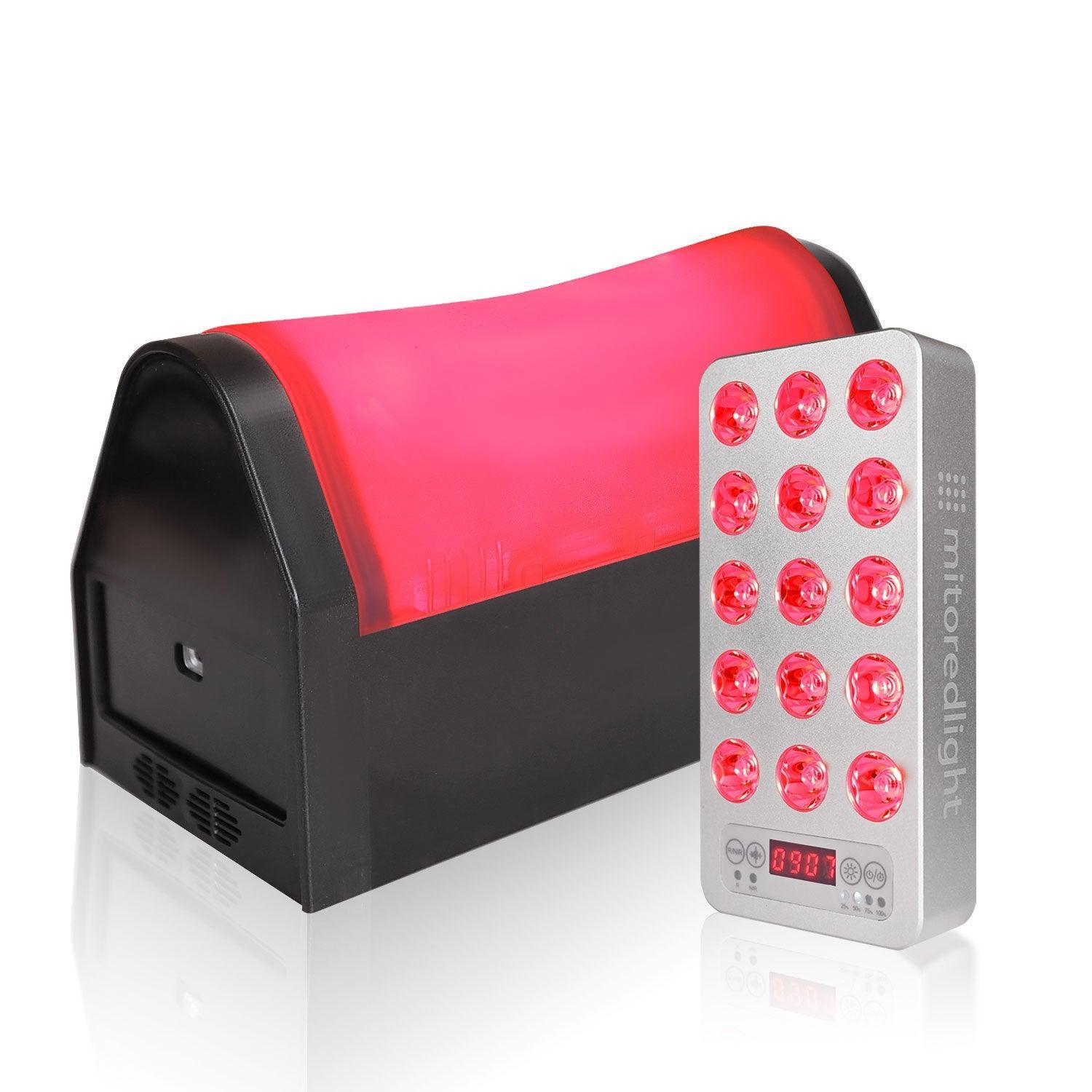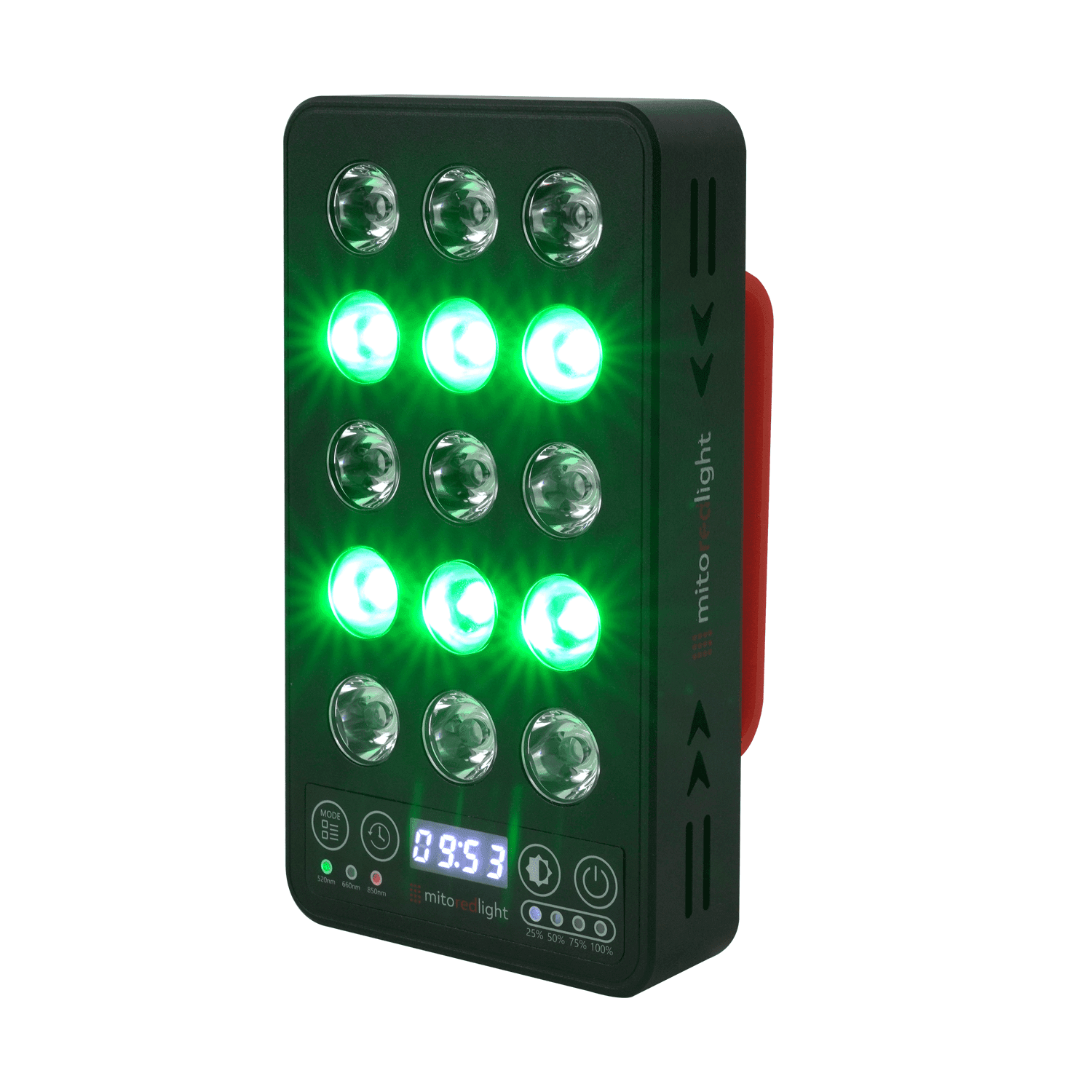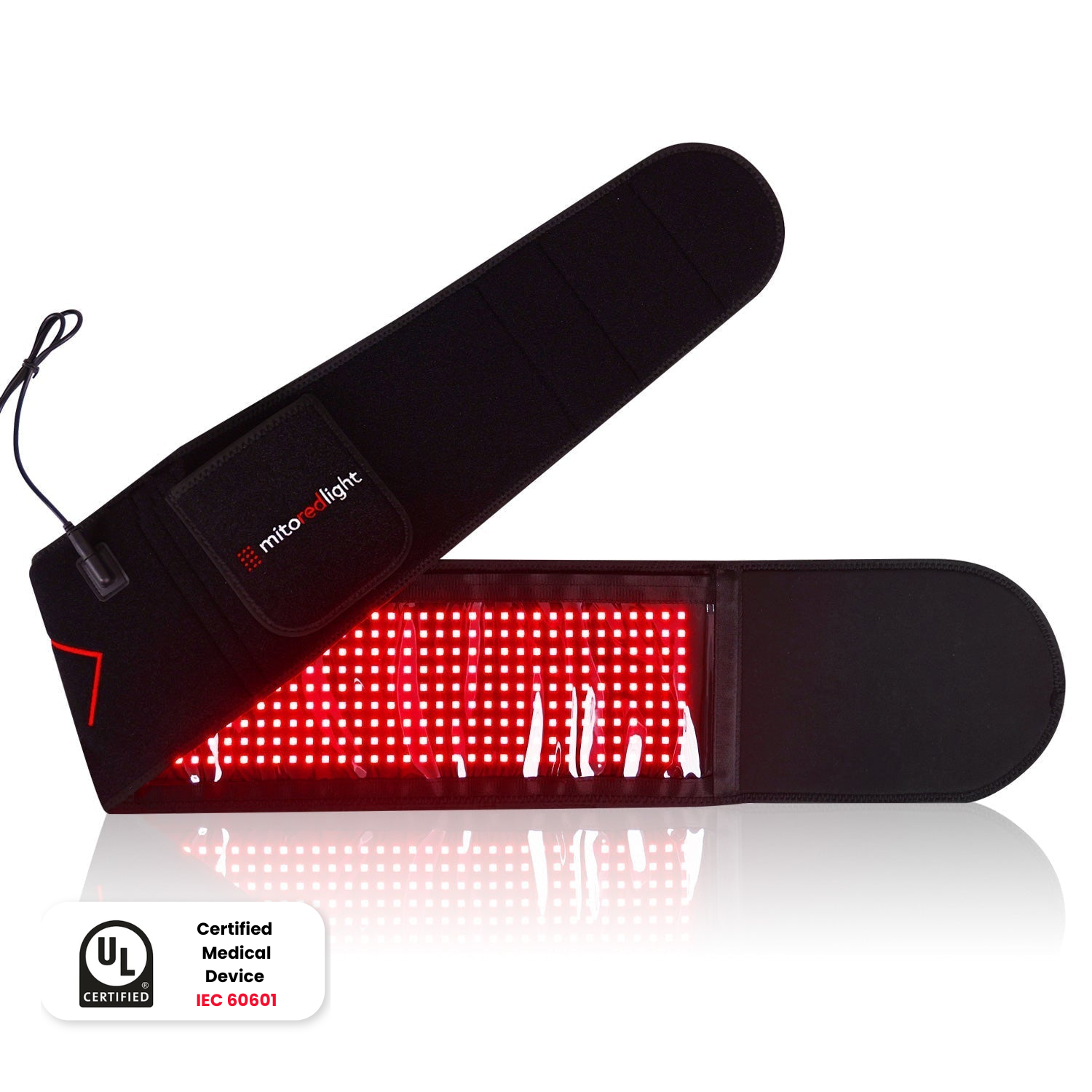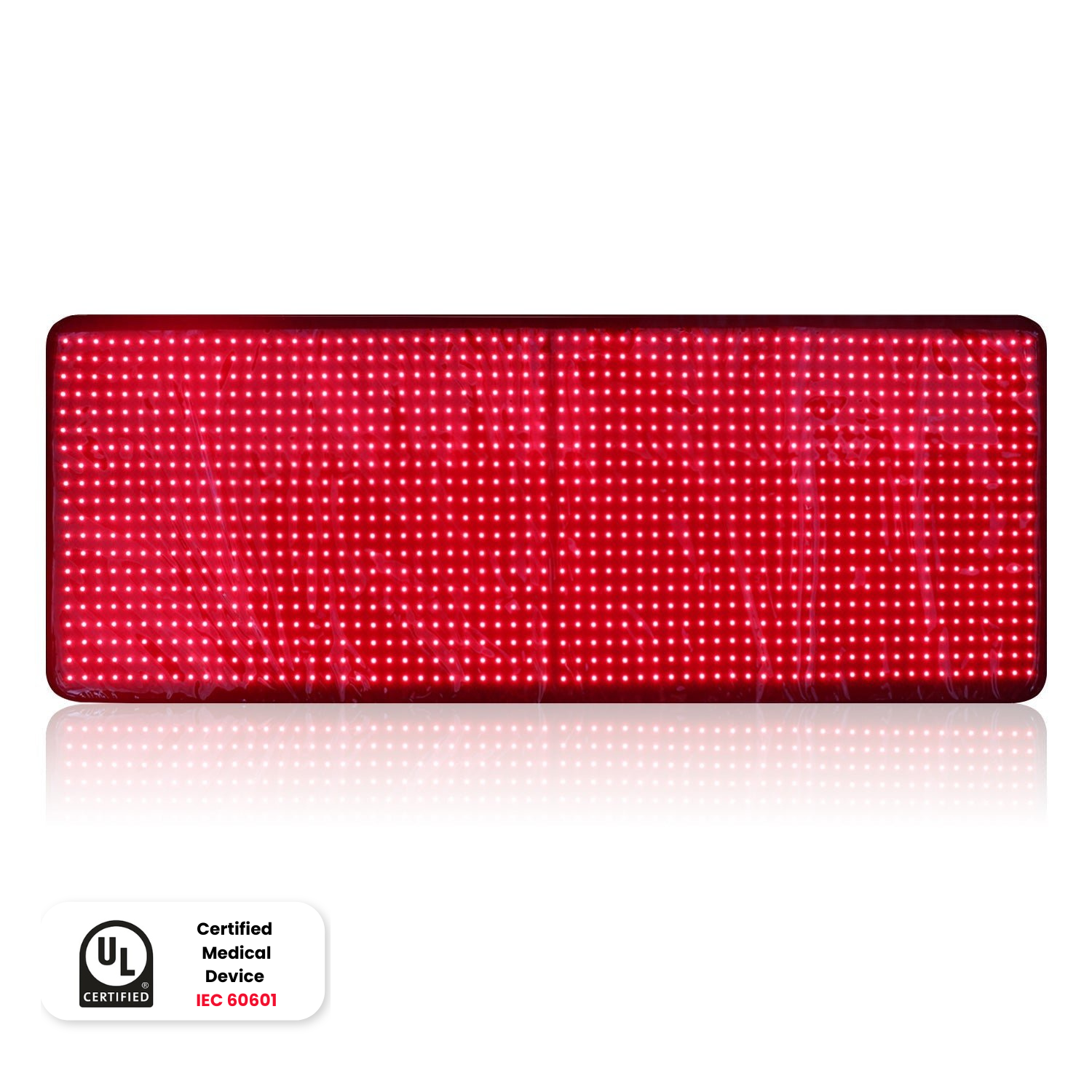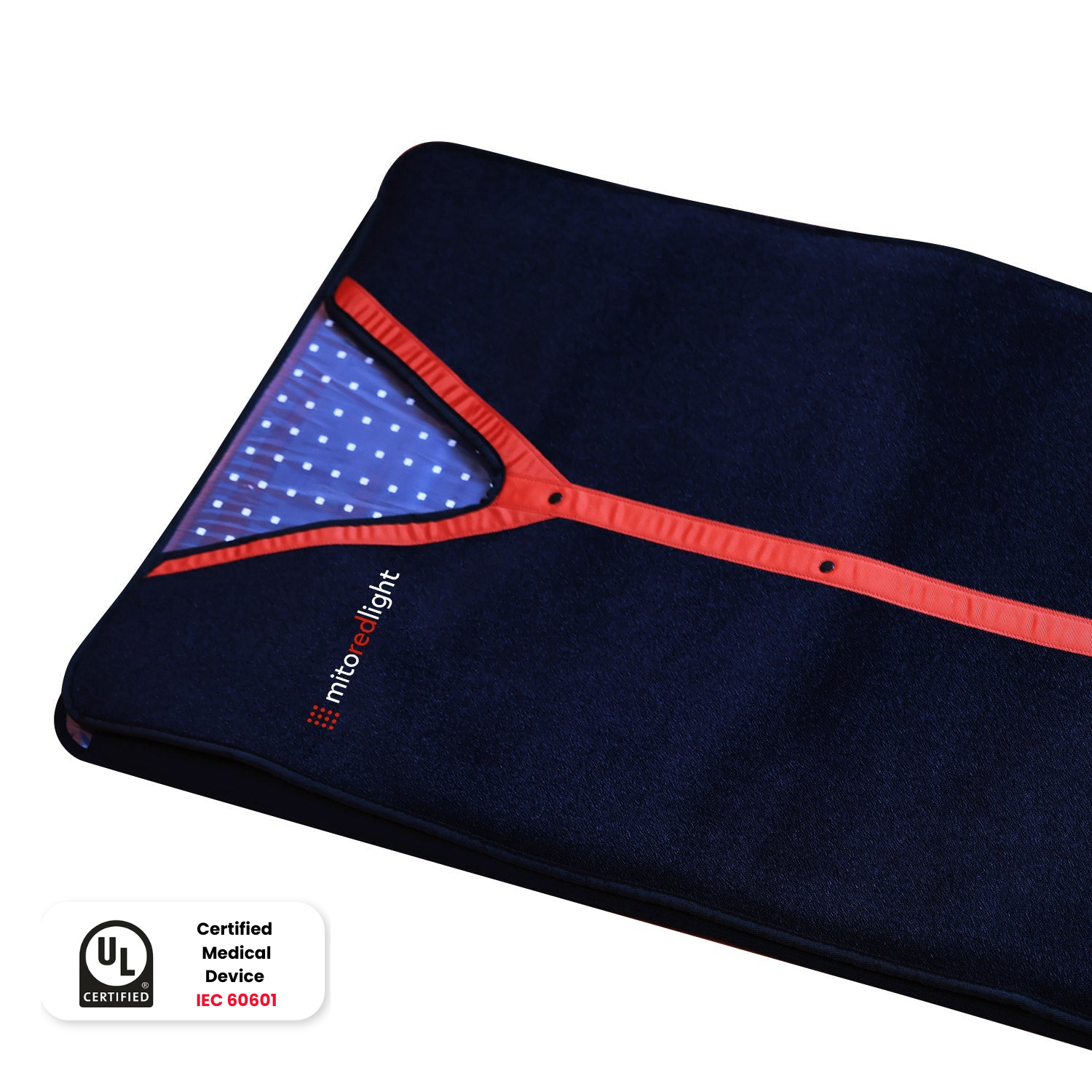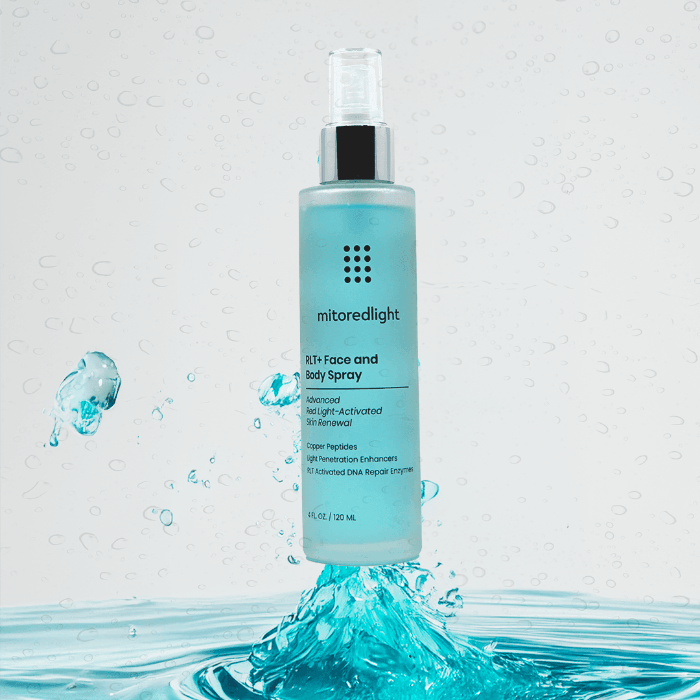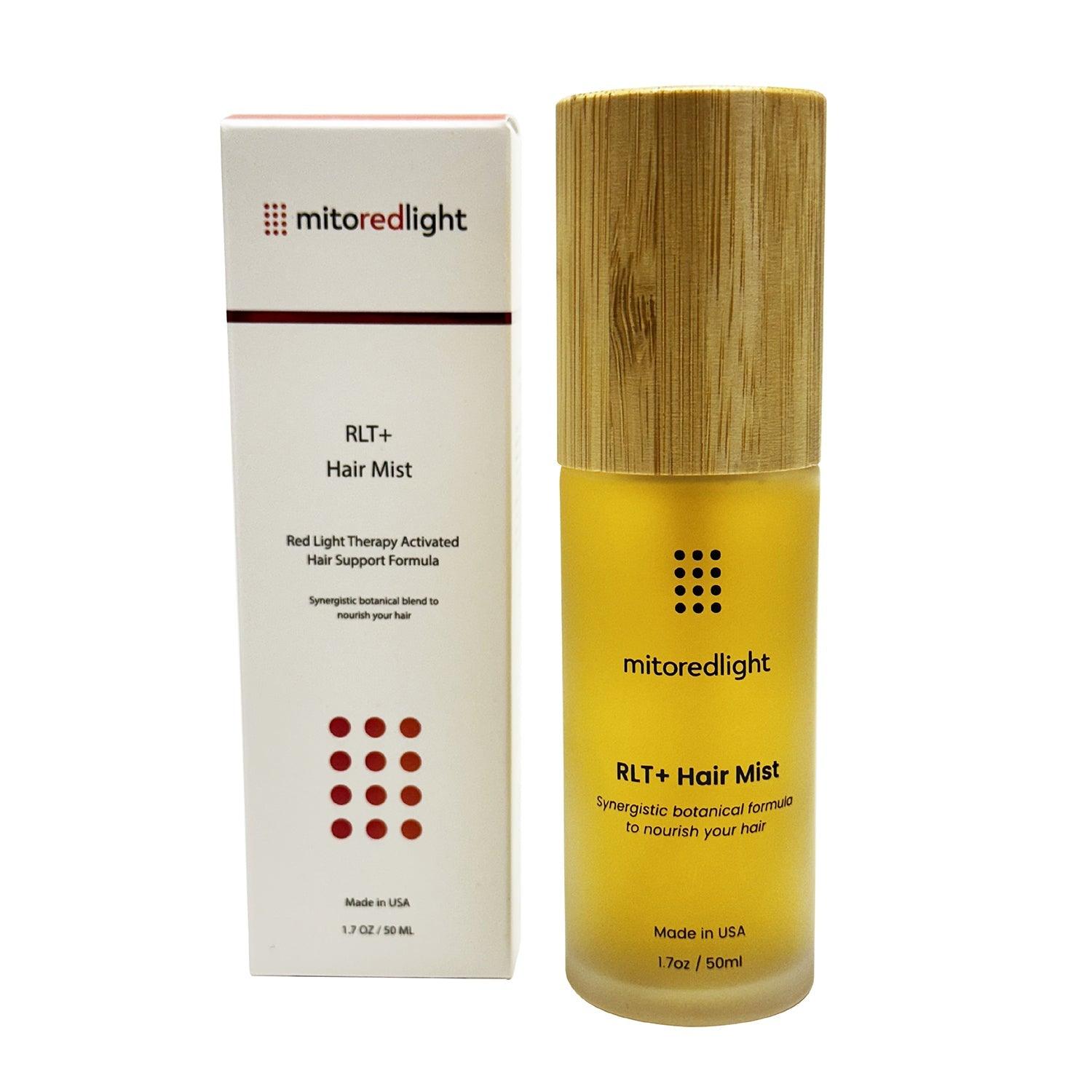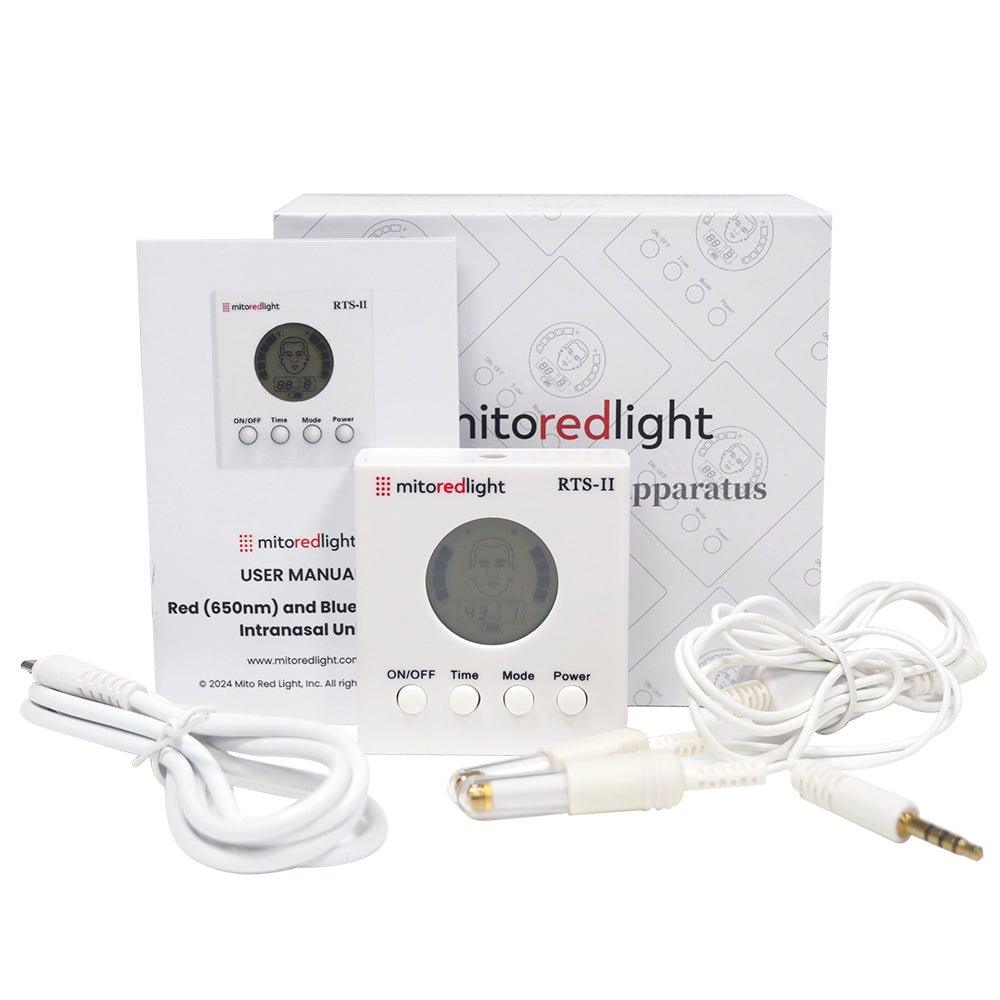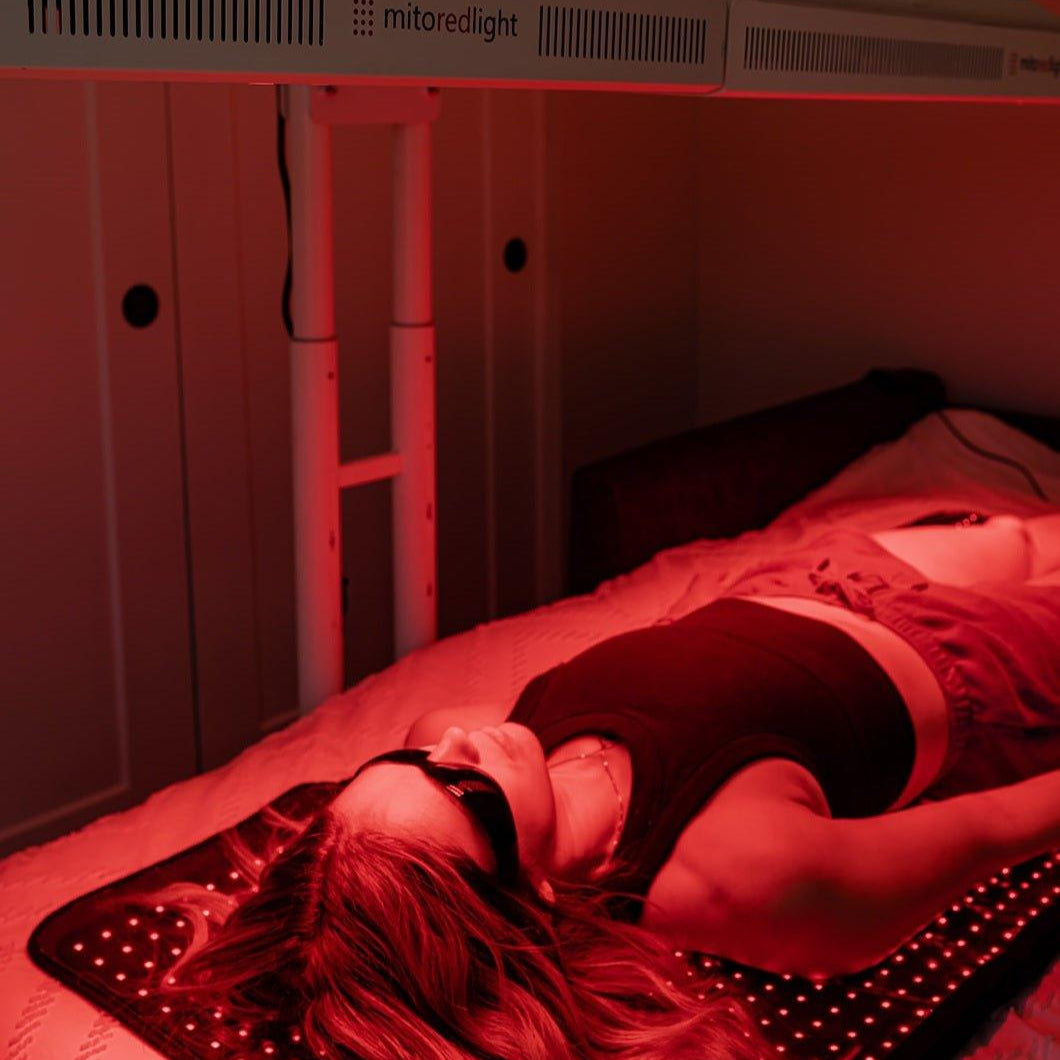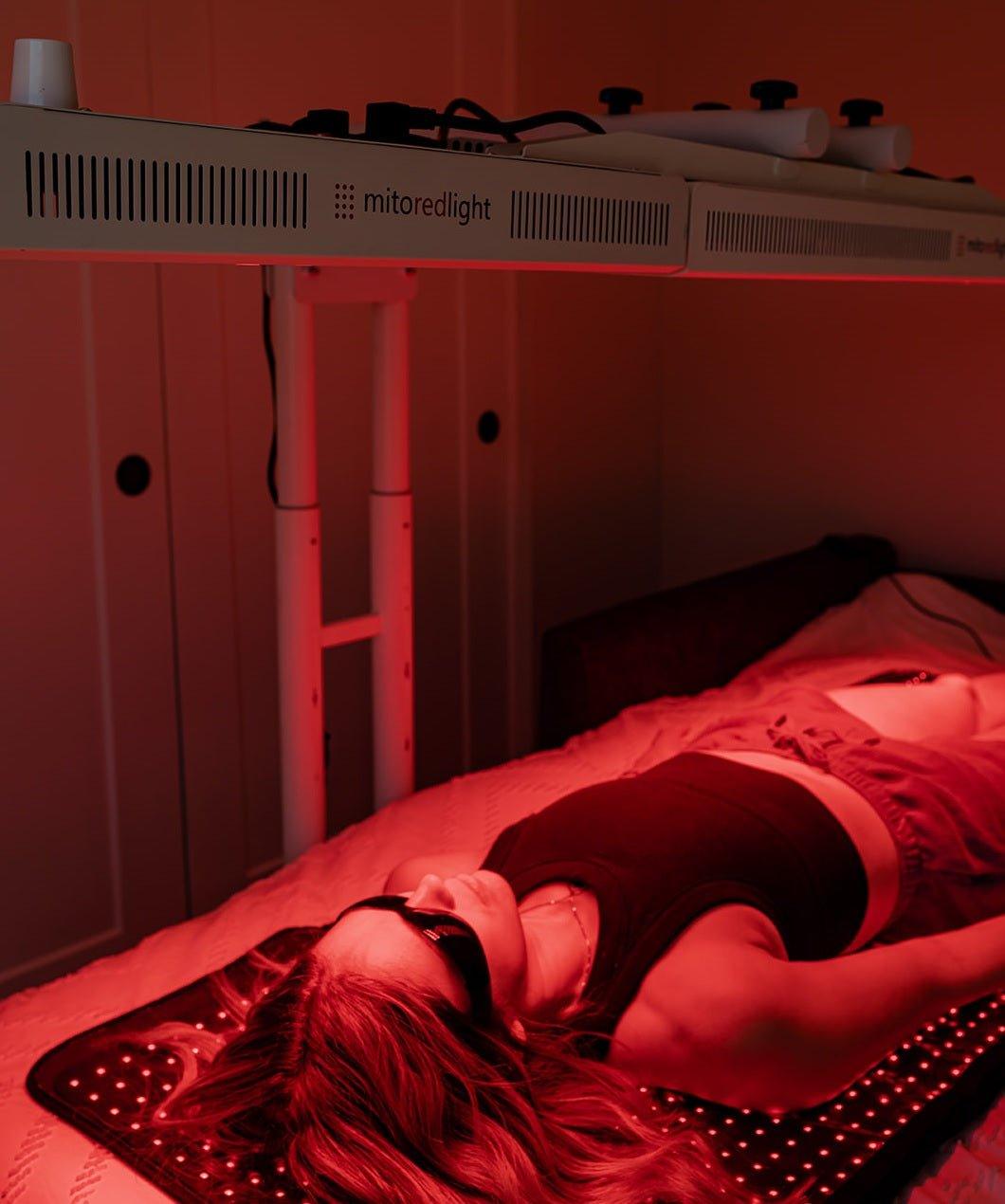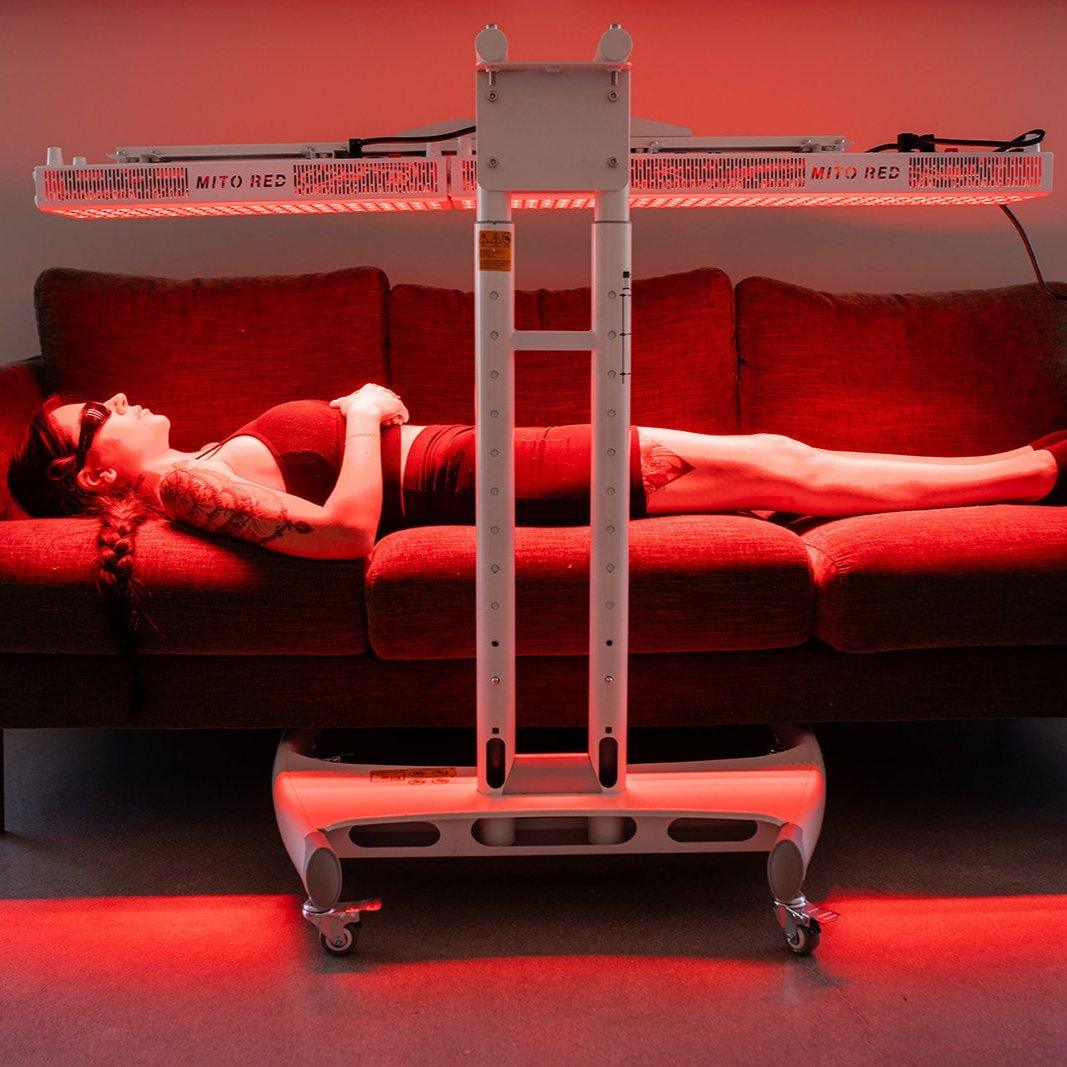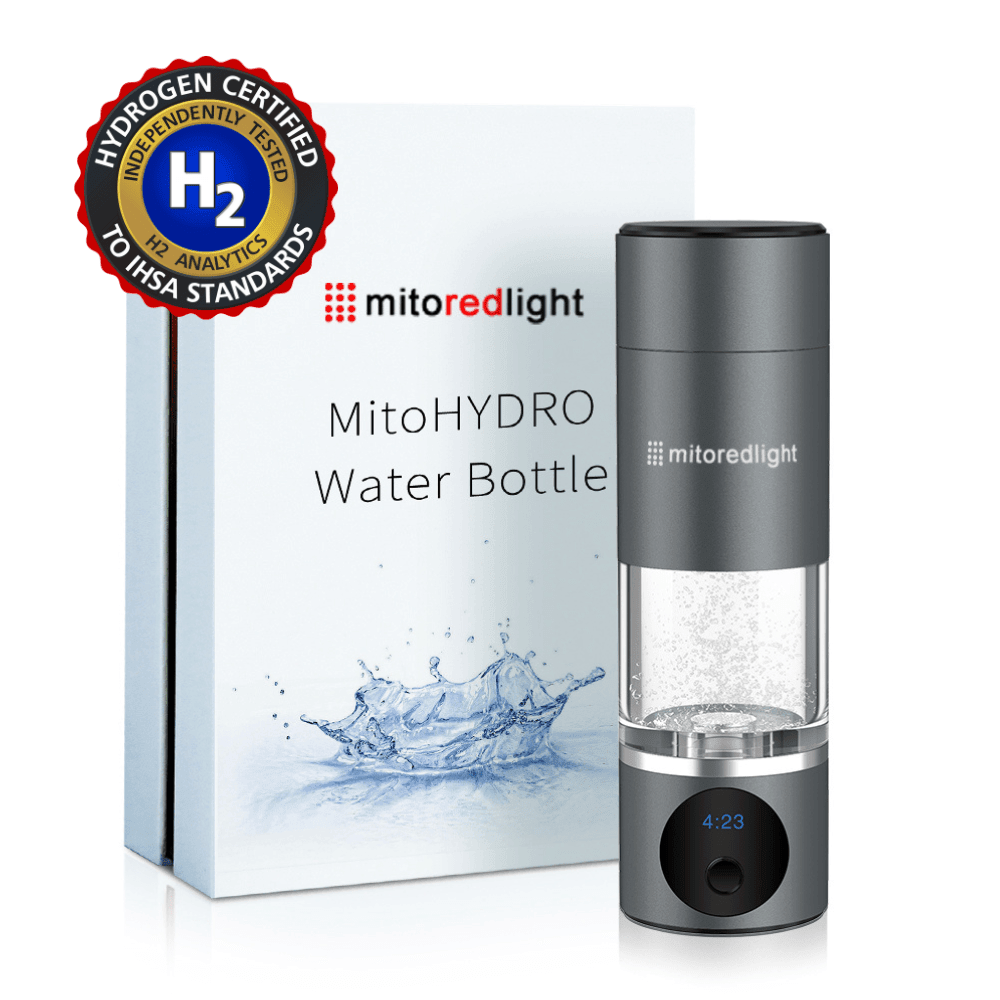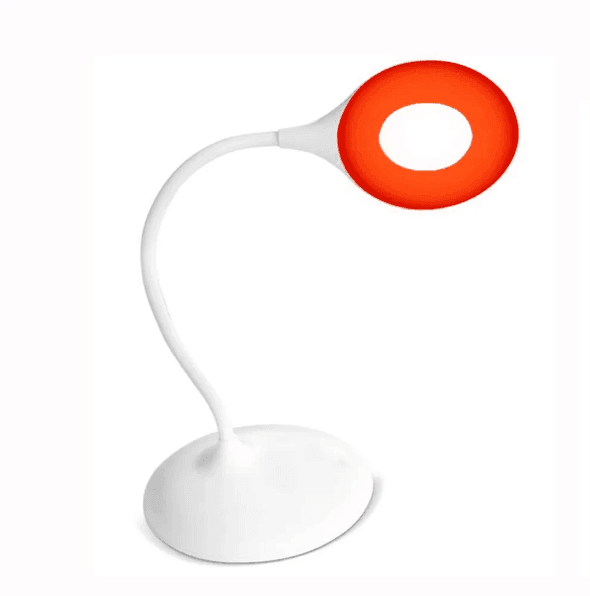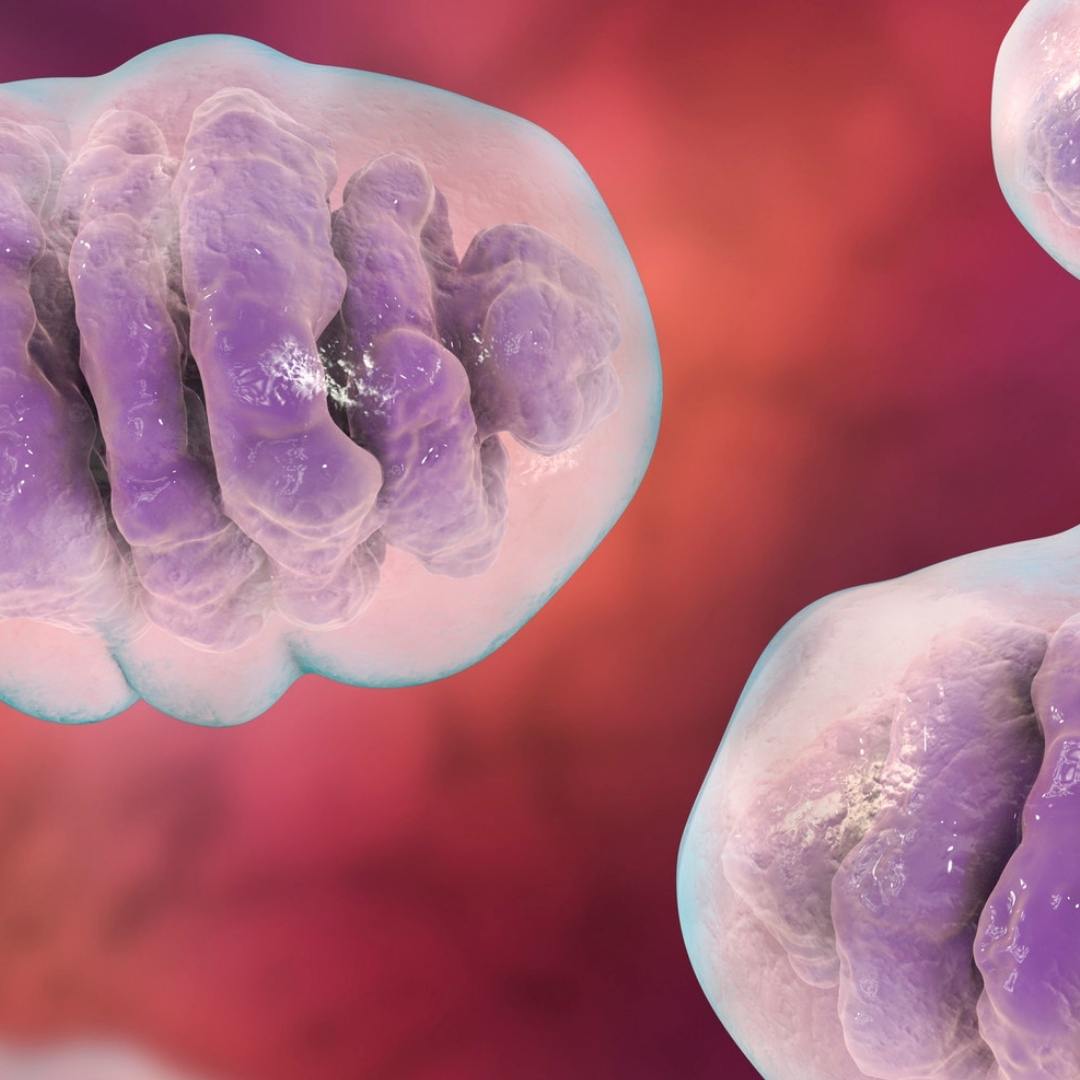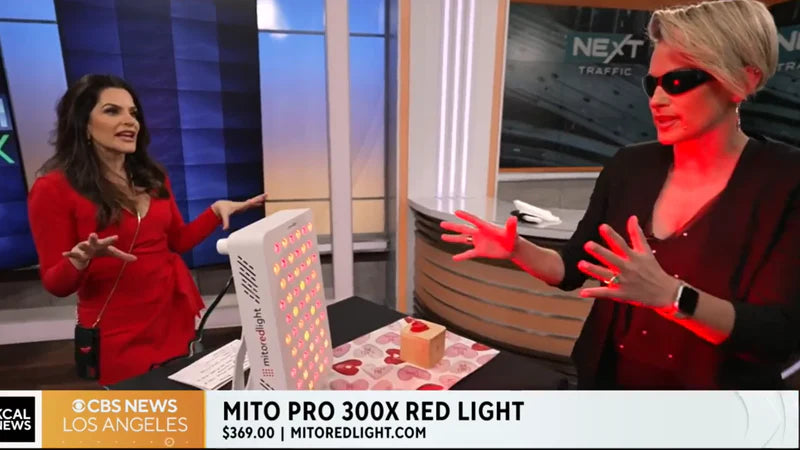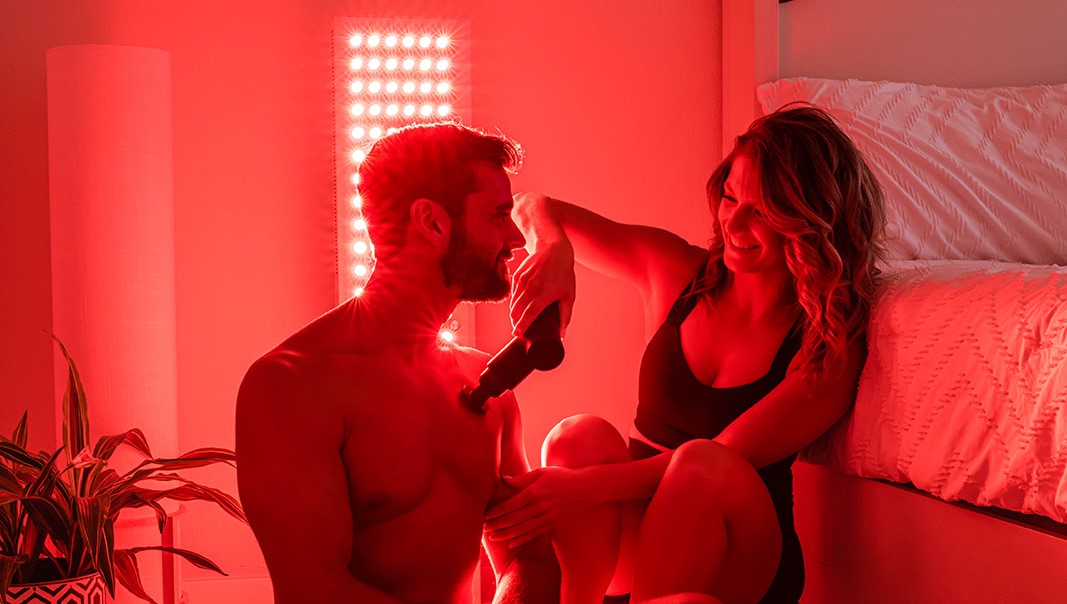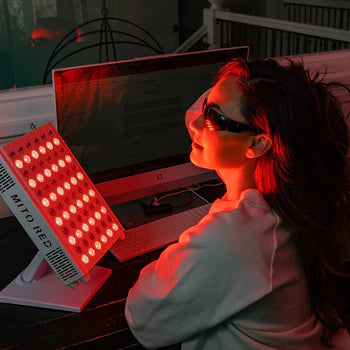DISCLAIMER: Mito Red Light devices are not clinically proven to diagnose, treat, cure, or prevent any medical conditions. Mito Red Light devices are low / risk general wellness devices aimed at affecting the body through supporting cellular function. The scientific studies referenced in this article are for educational and informational purposes only and are meant to educate the reader on the exciting and growing field of phototherapy. To see a list of precautionary warnings and contraindications, click here
Varicose veins can be a bothersome and often painful condition affecting many individuals. With various treatments available, choosing the right solution can be daunting. Recently, red light therapy has gained attention as a promising alternative. Let's explore why it might be an ideal option for anyone grappling with this issue.

Understanding Varicose Veins: A Brief Overview
Varicose veins are enlarged, twisted veins that commonly occur in the legs. They result from weakened valves and veins that struggle to return blood to the heart, causing blood to pool and veins to swell. This section delves into the causes and symptoms of varicose veins, providing a foundation for understanding why effective treatment is crucial.
The development of varicose veins is influenced by various factors, including genetics, age, and lifestyle. For instance, prolonged periods of standing or sitting can exacerbate the condition, causing discomfort and increasing the risk of complications like venous ulcers and thrombophlebitis, as reported by studies here. Knowing these triggers helps tailor effective management strategies, which is where red light therapy may shine.
Addressing varicose veins isn't merely a cosmetic concern; it tackles several discomforts like pain, itching, and swelling. These symptoms are often accompanied by a sensation of heaviness in the legs, impacting daily activities and overall quality of life. Acknowledging and understanding these effects emphasizes the importance of seeking appropriate treatment.
What is Red Light Therapy?
Red light therapy, also known as low-level laser therapy (LLLT), is a treatment that uses red and near-infrared light to stimulate healing processes in the body. Here, we explore how it works, its origins, and its growing popularity as a holistic treatment option for various ailments.
A deeper understanding of this therapy reveals its ability to affect cells at a molecular level. As explained on Mito Red Light's blog, red light therapy stimulates mitochondrial energy production, which boosts the creation of ATP, the energy currency of our cells. This enhancement in cellular energy is essential for repairing and regenerating tissues, directly benefiting disorders like varicose veins.
The origins of red light therapy trace back to NASA experiments on plant growth under artificial light. Since then, its applications have expanded, now targeting various health issues such as skin conditions, pain management, and vascular health. Its ability to penetrate tissues deeply without causing damage makes it an attractive option for non-invasive treatments.
How Red Light Therapy Affects Varicose Veins
Red light therapy may help with varicose veins by improving blood circulation, reducing inflammation, and accelerating the body's natural healing processes. This section examines the specific ways in which red light can target problematic veins and potentially alleviate some of the symptoms associated with varicose veins.
Red light therapy enhances blood flow, a key factor in managing varicose veins. It stimulates the production of nitric oxide within the blood vessels, a compound known for its vasodilation properties, improving circulation and oxygen delivery to tissues. This process allows for changes to alleviate pressure within the veins, reducing their swollen appearance and associated discomfort.
Benefits of Choosing Red Light Therapy
In comparison to traditional treatments like surgery or sclerotherapy, red light therapy offers several advantages. It's non-invasive, often pain-free, and can be easily administered at home with the right equipment. Discover how these benefits make red light therapy an attractive treatment option for many.
The simplicity of using red light therapy at home makes it a viable option for those wary of invasive procedures. Devices like Mito Red's MitoQUAD allow users to experience this rejuvenating light without stepping into a clinic. These belts are designed to be used on the skin directly, making this method accessible and user-friendly.
Considerations and Precautions
While red light therapy presents numerous advantages, it's crucial to be aware of certain considerations. This section addresses potential limitations, safety guidelines, and the importance of consulting with a healthcare professional prior to beginning any new treatment regimen.
It's essential to consider the cumulative exposure and intensity when using red light therapy. While typically well-tolerated, excessive exposure might cause overstimulation of cells, which could potentially lead to unwanted side effects. It's recommended to follow the guidelines provided by the device's manufacturer and consult with professionals if uncertain about the treatment's suitability.
Not all red light therapy devices are created equal. When choosing a device, it's advised to opt for those meeting high standards of safety and efficacy. Resources like Renew with Heather offer insights into selecting quality devices that meet therapeutic needs safely and effectively. Ultimately, seeking advice from your healthcare provider remains an indispensable step before embarking on this treatment journey.
Embracing a Promising Potential Solution for Varicose Veins
Red light therapy presents a compelling option for varicose vein sufferers seeking non-invasive and potentially effective modality. Its ability to improve circulation, reduce pain, and promote healing aligns well with the needs of those affected. As always, consult with a healthcare professional to determine the best course of action for your specific condition.
Click to learn more about potential red light therapy benefits.
To learn more basics about red light therapy, read How Does Red Light Therapy Work?
Related Articles:
- Contraindications for Red Light Therapy
- Green Light Therapy | Explore the Science
- An Overview of Uses of Red Light Therapy
- Skin Health Tips and Trends
.
